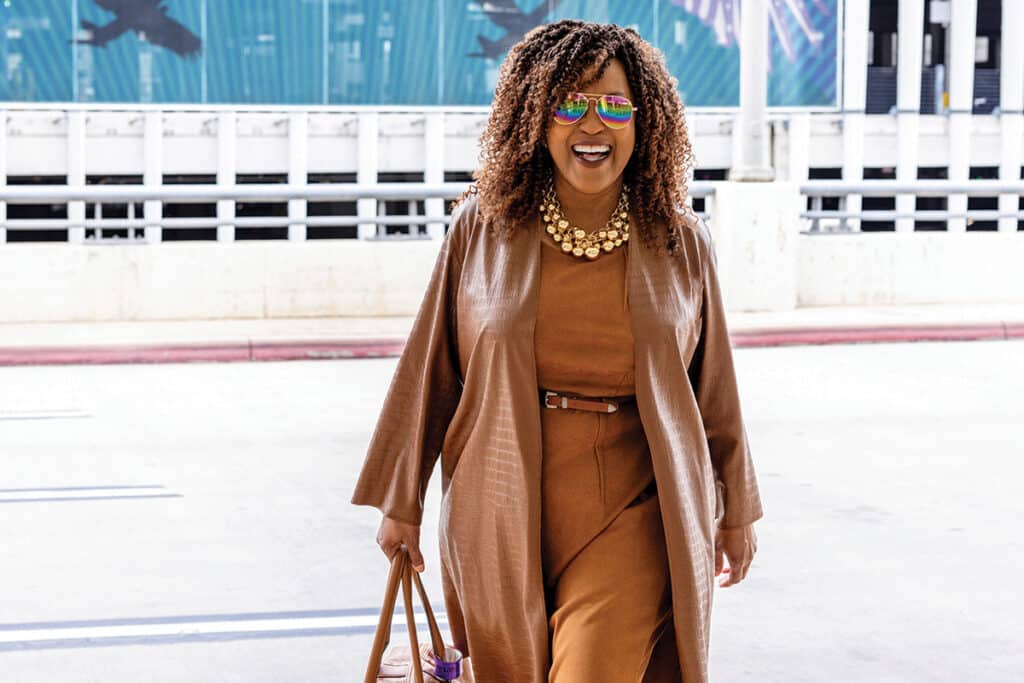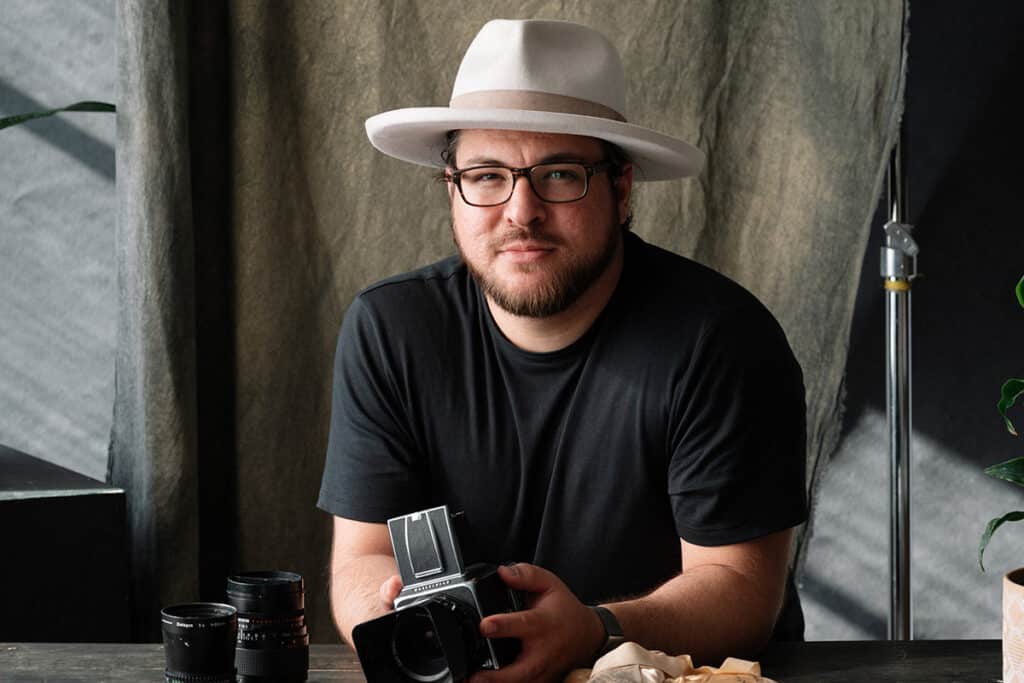Founder of Texas Dermatology and Laser Specialist
After obtaining his medical degree from the University of Texas Medical Branch in Galveston, Dr. Browning embarked on not one but two residencies, first in pediatrics and then in dermatology, both at the Baylor College of Medicine in Houston. He followed this up with a fellowship in pediatric dermatology, which combined both specialties. A San Antonio native, Dr. Browning then returned to his hometown to work in an academic setting for several years, teaching and serving as chief of pediatric dermatology at UT Health San Antonio.
In 2013, he established the Texas Dermatology and Laser Specialists private practice, which now employs five physicians offering comprehensive services for children and adults in three locations — Alamo Heights, New Braunfels and the Dominion area. The doctor also continues to train medical students as an assistant professor at Baylor and oversees the dermatological care at the Children’s Hospital of San Antonio.
Dr. Browning is an active member of the San Antonio community and the father of three children.
You are board certified in both pediatrics and dermatology. Few doctors choose to endure two residencies, plus a fellowship. Why did you pick this path?
In my pediatric training in Houston I realized that there were so many children with rashes, while there were very few pediatric dermatologists available to evaluate and treat their skin conditions. So in the middle of my pediatric residency I applied for the residency in dermatology. I did the full three years of the former, finishing on June 30 (2004) and started my next residency on July 1. I wanted to be the one to take care of all the kids with rashes.
Are you the only pediatric dermatologist in town?
I’ve been in San Antonio for 10 years, and yes, I am the first in the city. I have a colleague here at the clinic, Dr. Emily Becker, whom I trained at UTHSC (now UT Health), and she is the second and only other children’s dermatologist in San Antonio.
How common are skin disorders in kids, and what are the most common problems?
About 20 percent of children who visit a pediatrician are there because of skin complaints. The common ones are hemangiomas (raised red bumps), port wine stains (large red birthmarks), eczema, psoriasis (chronic scaly patches) and alopecia areata (autoimmune patchy hair loss), all of which can be treated.
Are kids good patients?
They are kid patients! They like direct communication with them, and they don’t like surprises. If something is going to be painful or difficult, they like to know about it.
One skin condition that afflicts lots of teens is acne. Is Accutane still the best treatment? Some years ago, there was talk about the FDA wanting to ban it.
Accutane is still a wonderful treatment for severe acne. But there are other products like chemical peels, for instance, that can help remove blackheads and whiteheads, and those are popular here. We also have something called a HydraFacial, a new procedure to exfoliate and clean pores. And we still recommend topical treatments and oral antibiotics if necessary, as well as washing your face twice a day and not picking at your acne. In addition, recent studies have shown that an increased intake of dairy products may aggravate acne… As for Accutane being banned, yes, the FDA considered it because of birth defect risks for females taking it, but instead the agency decided to regulate the use of the drug more stringently. Now the females taking it must be on two forms of birth control while taking Accutane, and there’s an educational component as well.
You are also involved in clinical trials of new treatments. What are some of the things you are focusing on right now?
We are doing trials for a condition called epidermolysis bullosa, which causes chronic blisters all over the body. It’s a genetic disorder that appears in young children. Fortunately, the drug we are testing is looking very promising. Another drug being tested is Dupilumab, which treats eczema in children. We have a research center right here in our clinic, and we are involved in about 10 clinical trials currently.
Your clinic treats adults as well, and one skin disease people fear the most is, of course, skin cancer. Has the incidence of it gone down?
No, it’s gone up. People are getting too much sun; they are not being cautious. There are three types of skin cancer, but the most dangerous is melanoma, which accounts for about 5 percent of all skin cancers. It is also the leading cause of death from skin cancer. The other two types, squamous cell and basal cell skin cancer, are easier to spot and therefore more likely to be treated early. We recommend annual checkups for all individuals with a family history of cancer, a history of sunburns and for those with lots of moles. I volunteer at a free monthly clinic at the Travis Park Methodist Church, and I see a lot of large skin cancers there. A melanoma can grow silently on the back or on the back of legs without a person noticing it… Everybody needs sun protection. Kids should wear long sleeves when they are swimming outdoors. There’s no reason to put your skin at risk.
Many of our readers are interested in cosmetic procedures. Your clinic offers some well-known ones such as laser resurfacing, but also something called Silhouette Instalift. Could you describe the latter?
That’s our newest cosmetic procedure. It involves placing three to five dissolvable stitches under the skin of the upper cheeks to provide a lift. My colleague, Dr. Fowler, does that, and it’s getting popular. It’s a nice treatment.
How do you take care of your own skin?
I use a moisturizer with sunscreen every morning. I wash my face twice a day, and I use a topical retinoid at night, Skin Better, which is a product we sell here. And I always have a hat and extra sunscreen when I am in direct sunlight.
Speaking of creams, which commonly available brands would you recommend?
Neutrogena, Aveeno, Ceravé, Cetaphil — they are all good products.
There’s a little café in this building. Is it all about healthy foods?
My wife, Lauren, runs it — Café Cita. She’s a graduate of the Culinary Institute of America in New York. They serve breakfast and lunch, soups, salads and the best cookies in the world. You should taste those cookies! She often tests the recipes on the children and me; we love it.
With your practice, teaching, family and the Children’s Hospital, do you ever have time for anything else?
(Laughs)) I volunteer with the children’s schools, and our church is very important to me. I also enjoy running; I ran in the San Antonio half-marathon. We like to explore the city with the kids. San Antonio has changed so much since I was growing up here; it’s a different city, but it still has that small-town feel, which I like.
*Dr. Browning’s comments have been edited for publication.
By Jasmina Wellinghoff
Photography by Janet Rogers






2 Responses
5